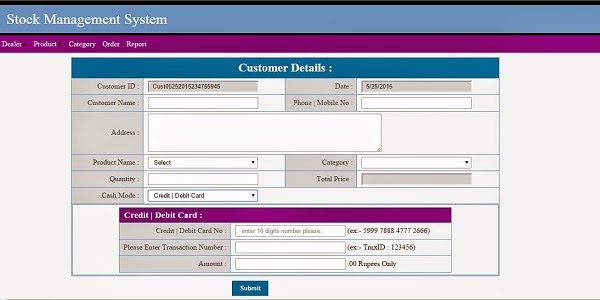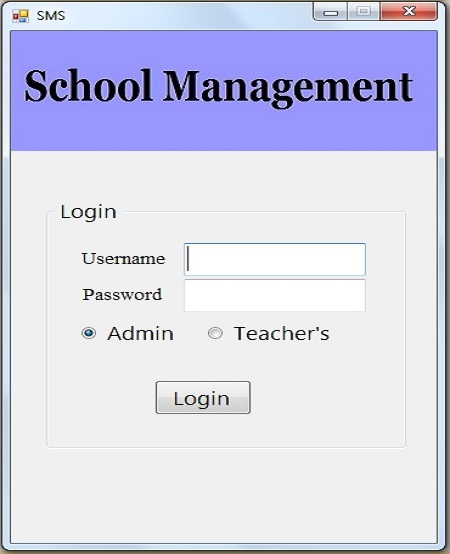Introduction:
Expressions are the building blocks of any programming language, and in C, they play a crucial role in performing operations, making decisions, and assigning values. In this article, we'll delve into the fundamentals of expressions and explore some examples to clarify their usage.
Understanding Expressions:
At its core, an expression in C can be a constant, a variable, an array element, or a combination of these entities joined together using operators. These operators can include arithmetic, relational, logical, and assignment operators. An expression can also represent a logical condition, yielding either true or false, often represented by integer values 1 and 0, respectively.
Examples of Valid Expressions in C:
Let's examine a few examples to illustrate valid expressions in C:
- c = a + b * d;
- x <= y;
- x = y;
- x == y;
- x += y;
Each expression is terminated with a semicolon (;), and they convey specific meanings, whether it's an assignment, a conditional check, or an addition and assignment operation.
Detailed Descriptions of Expressions:
- Expression 1 involves a homogeneous expression, combining four operands (c, a, b, d) and three operators (=, +, *). The result is assigned to variable c, following the BODMAS principle.
- Expression 2 is a conditional expression, evaluating whether x is less than or equal to y.
- Expression 3 is an assignment expression, assigning the value of y to variable x.
- Expression 4 is another conditional expression, determining if the values of x and y are equal.
- Expression 5 is both an addition and assignment expression, equivalent to x = x + y, adding the values of x and y and assigning the result to x.
Complex Expressions in C:
C supports more complex expressions, involving a mix of arithmetic, logical, and conditional operators. Here are a few examples:
- a = 3 + 5 % 3 - 6 / 2 * 4 % 2;
- b = 3 + 5 % 3 - 6 / 2 * 4 % 2 + ++x - y++ + (2 & 3) - (3 && 2);
- c = 3 + 5 % 3 - 5 / 2 * 4 % 2 + ++x - y++ + 2 & 3 - 3 && 2;
- d = ++x - x-- + y++ + x++ - --y + ++y;
- e = 2 + 3 - 4 * 2 && 4 << 2 % 2 <= 2 == 3 & 4 > !5 || 6;
- f = 2 > 3 ? 2 : 3 + 2 * 3 == 3 * 4 ? 1 : 0 * 2 < 3 ? 2 : 3 - 4;
Conclusion:
Expressions form the backbone of C programming, enabling developers to perform a wide range of operations. By understanding the basics and exploring both simple and complex examples, you'll be better equipped to harness the power of expressions in your C programs. Experiment with different expressions to enhance your programming skills and tackle more complex tasks.





0 Comments